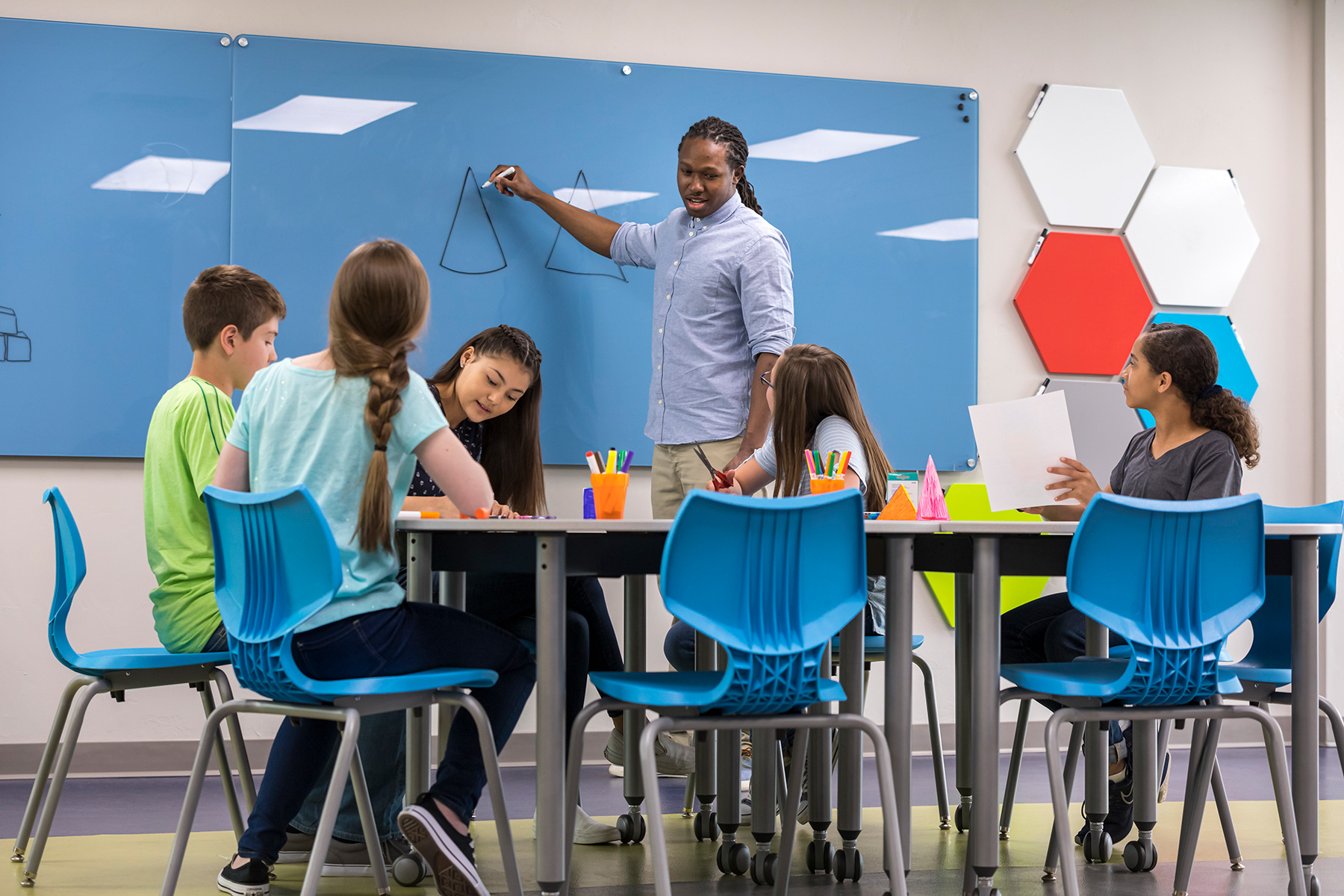
How to Make Learning More Engaging: Tips for Teachers and Students
Though it doesn’t have to be that way, learning is sometimes perceived as work or a job. Students who find learning interesting and fun are more likely to remember material, grow passionate about their field of study, and perform academically. Making learning more interesting will change the educational process for teachers as well as for…


